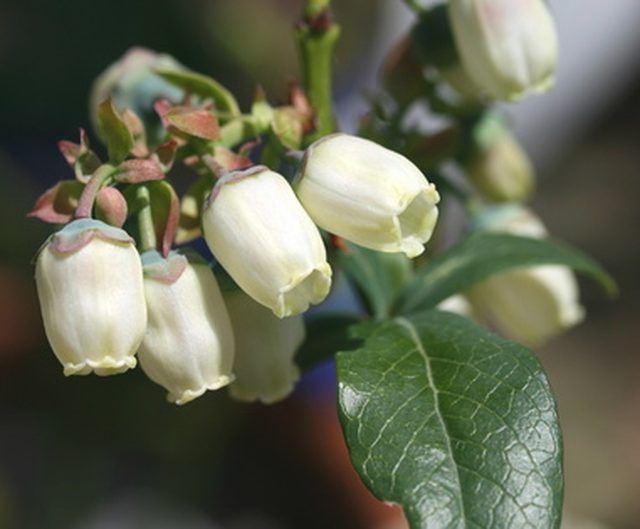Bulbs
Flower Basics
Flower Beds & Specialty Gardens
Flower Garden
Garden Furniture
Garden Gnomes
Garden Seeds
Garden Sheds
Garden Statues
Garden Tools & Supplies
Gardening Basics
Green & Organic
Groundcovers & Vines
Growing Annuals
Growing Basil
Growing Beans
Growing Berries
Growing Blueberries
Growing Cactus
Growing Corn
Growing Cotton
Growing Edibles
Growing Flowers
Growing Garlic
Growing Grapes
Growing Grass
Growing Herbs
Growing Jasmine
Growing Mint
Growing Mushrooms
Orchids
Growing Peanuts
Growing Perennials
Growing Plants
Growing Rosemary
Growing Roses
Growing Strawberries
Growing Sunflowers
Growing Thyme
Growing Tomatoes
Growing Tulips
Growing Vegetables
Herb Basics
Herb Garden
Indoor Growing
Landscaping Basics
Landscaping Patios
Landscaping Plants
Landscaping Shrubs
Landscaping Trees
Landscaping Walks & Pathways
Lawn Basics
Lawn Maintenance
Lawn Mowers
Lawn Ornaments
Lawn Planting
Lawn Tools
Outdoor Growing
Overall Landscape Planning
Pests, Weeds & Problems
Plant Basics
Rock Garden
Rose Garden
Shrubs
Soil
Specialty Gardens
Trees
Vegetable Garden
Yard Maintenance
How to Grow Blueberry Bushes in a Greenhouse
How to Grow Blueberry Bushes in a Greenhouse. Blueberry bushes are part of an important industry. In the wild, blueberries support the survival of bees and some species of bears. Unfortunately, only certain zones can support a blueberry bush's needs without significant intervention by the grower. Blueberry bushes need specific growing conditions to...

Blueberry bushes are part of an important industry. In the wild, blueberries support the survival of bees and some species of bears. Unfortunately, only certain zones can support a blueberry bush's needs without significant intervention by the grower. Blueberry bushes need specific growing conditions to thrive. Excessive wind, dryness and alkalinity in the soil can damage and weaken blueberry bushes. Growing them in a greenhouse can give blueberry bushes a more controlled environment and a greater opportunity to produce berries.
Things You'll Need
Greenhouse
2-gallon pots
Coir, peat and perlite soil mix
Fertilizer
Pruning shears
Prepare the soil. According to Colorado State University, blueberry bushes need an acidic soil to thrive. Researchers found that a mix of 40 percent coir (shredded coconut husks), 40 percent peat and 20 percent perlite provided the adequate range of acidity at a pH around 4.8.
Plant the blueberry bushes. If your greenhouse has a maintained temperature, plant each of the blueberry bushes in 2-gallon pots.
Double-pot the blueberry bush. If your greenhouse is not temperature-controlled, provide some protection from freezing temperatures by planting each blueberry bush into two pots. Dig a hole in the soil and place a large, partially soil filled pot into it, followed by the 2-gallon blueberry bush pot.
Water the blueberry bush. Frequently check the moisture of the blueberry bushes as they do not tolerate dryness well and could produce fewer berries if not properly maintained. When watering multiple blueberry bushes, Colorado State University found that an automated drip system worked effectively.
Fertilize the blueberry bushes. Use a 14-14-14 slow-releasing fertilizer.
Maintain the soil pH. Periodically check the pH of the blueberry bush's soil to make sure it is maintaining an ideal range between 4.5 and 4.8. If the soil becomes too alkaline, switch to a high acid-soluble fertilizer.
Remove the blossoms in the spring if the bushes are not thriving. This encourages the growth of the roots and a better-established plant.
Prune the blueberry bushes. According to Ohio State University, mature blueberry bushes need yearly pruning to encourage berry production and maintain overall plant shape. Remove all broken and diseased stems and those that are older than 7 years.
Tips & Warnings
Winter forcing of blueberries is possible by keeping blueberry bushes outside until January. While outside, secure the bushes to a structure to protect them from wind. Protect the branches with burlap, which also increases humidity around the plant. Once in the greenhouse, sprouts should open quickly.
Do not prune more than a couple of mature stems in one year.